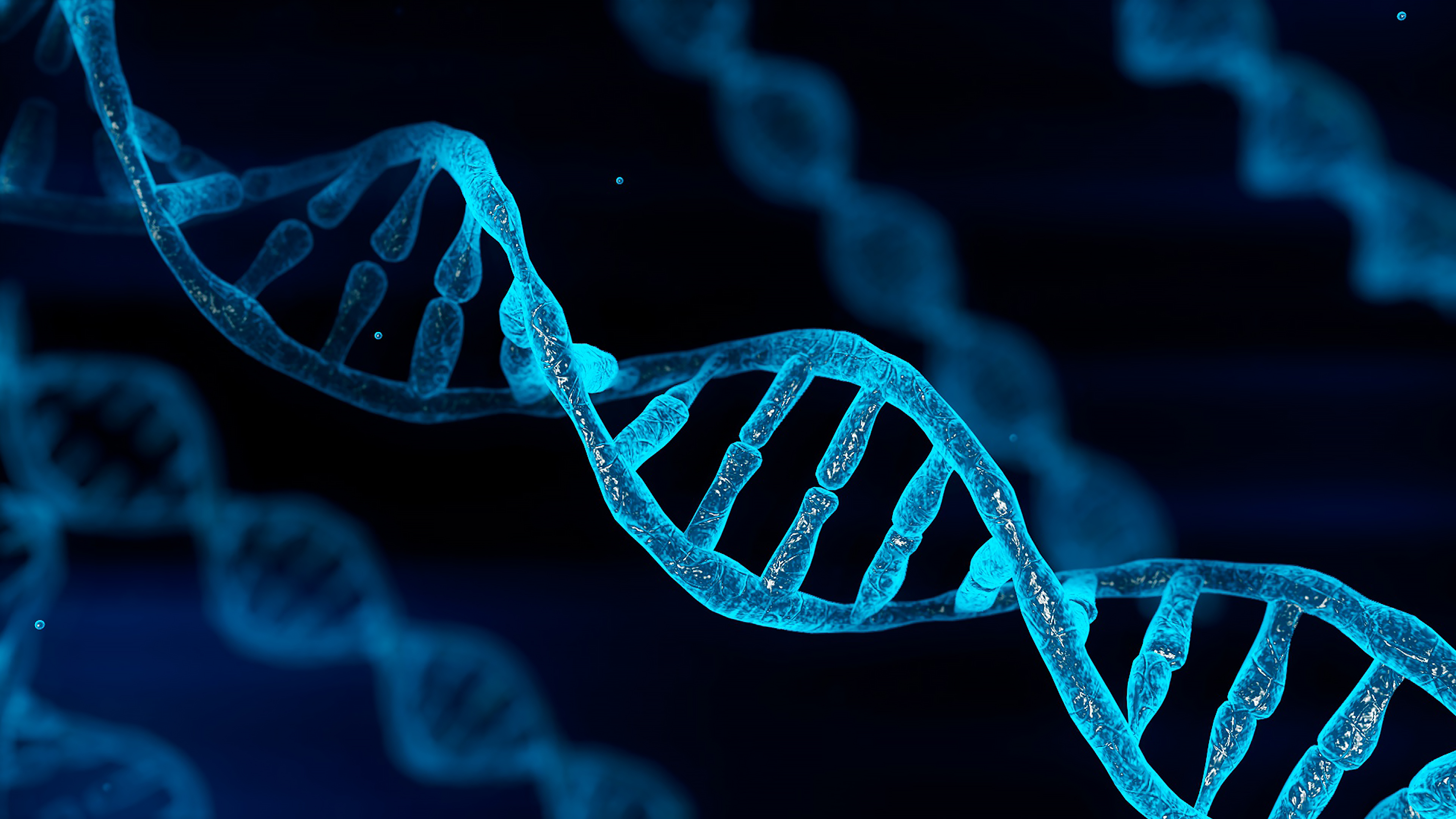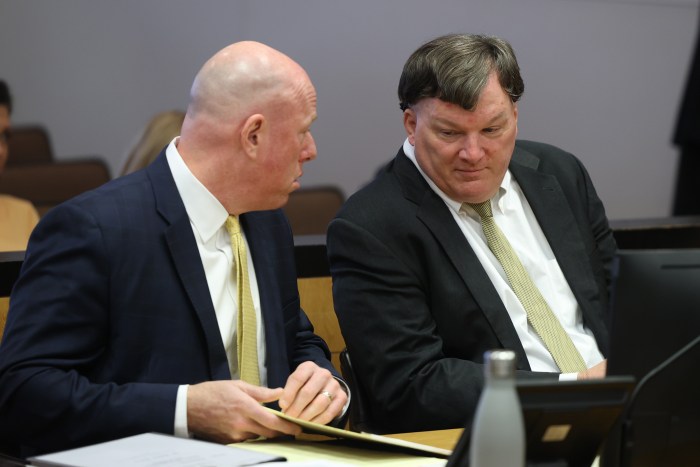DNA evidence links Rex Heuermann, the alleged Long Island serial killer, to six of the seven murders he’s charged with. The Frye hearing to determine that evidence’s court admissibility has spanned more than two months so far — but what exactly makes this DNA evidence so controversial?
THE BASICS OF DNA
Every living thing has DNA, the blueprint for life. These genetic blueprints separate us as species and, further, as individuals. The human genome — the complete set of DNA found in all humans — is around 99.9% identical in all people, but that 0.1% of variation is enough to distinguish between every human to ever live (with the exception of identical twins).
An individual’s genetic makeup is made unique by different combinations of 3.2 billion or so base pairs, which are the tiny building blocks of DNA. Take one’s eye color, for example — the human genome gives us eyes, but different pairs can make someone’s eyes blue, brown, green, hazel or any shade in between.
Read more: Suspected Long Island serial killer’s daughter, ex-wife appear in court following Netflix documentary
Depending on the sample and method of testing used, according to the National Institute of Justice (NIJ) and the FBI, the chances of nuclear DNA matching a random sample can be one in a billion or lower — essentially narrowing down a match to one possible person.
Since its first use in U.S. court in 1987, DNA evidence has become “an established part of criminal justice procedures, and the admissibility of DNA in court is routine,” according to the NIJ.
So why is its admissibility in Suffolk v. Heuermann up for debate? The problem lies not in the nuclear DNA evidence itself, but in the method that tested it.
A CLOSER LOOK AT DNA TESTING
In a forensic scientist’s ideal world, every DNA sample would be high-quality. But what happens when the sample of DNA is old, degraded or limited in scope? In recent decades, scientists have developed ways to analyze these challenging samples.
Looking at short tandem repeats, or STRs, has long been court-admissible and considered the “gold standard” for identifying individuals through DNA, according to multiple scientific journals. STRs look at the length of repeating genetic sequences at specific locations. However, the more challenging or degraded a DNA sample is, the fewer locations there are to analyze, and the more limited becomes the usefulness of STRs.
That’s where SNPs, or single-nucleotide polymorphisms, come in. SNPs zoom out, looking at more locations, to identify differences in base pairs. This technology has been around since 1999, but it was introduced to courts in 2018 with the infamous Golden State Killer case. Notably, the DNA analysis that led to the cold case’s breakthrough was done by Dr. Richard Green, founder of the forensic genealogy lab Astrea Forensics, which performed the DNA analysis for Suffolk v. Heuermann.
Read more: Alleged Gilgo Beach serial killer DNA hearing devolves into ‘Jurassic Park’ debate
In other words, analyzing SNPs and STRs are both ways scientists can identify individuals using a DNA sample. The difference is that STR relies on a high-quality sample, while SNP is better suited for low-quality samples.
“The potential for identifying information in SNPs is higher than short tandem repeats,” Green said in the Suffolk County courtroom. “It is often the only option for challenging samples.”
Another 2024 study asserts that “the power of discrimination [in SNPs] is orders of magnitude higher than that of any STR kit on the market today.”

COURT CONTROVERSY: LI SERIAL KILLER CASE
Here’s where the issue arises — STR testing has decades of legal precedent behind it. SNP testing does not.
And the specific methods used by Astrea Forensics are even newer. The private lab, founded in 2019, specializes in analyzing challenging DNA samples through whole genome sequencing using a computer program they developed called IBDGem. Whole genome sequencing creates a comprehensive profile of all 3.2 billion or so base pairs, including relevant STRs and SNPs. Also, it preserves the original DNA sample, meaning it can be tested and retested if necessary.
An ongoing study found that whole genome sequencing of SNPs has been “publicly attributed to 318 criminal cases,” and even that number is “an underestimate.” However, this method of forensic DNA analysis has only been used in front of a jury in two criminal cases — one in California and one in Idaho, both in 2024.
The prosecution’s expert witnesses cited dozens of peer-reviewed studies that support the use of whole genome sequencing and SNP testing in court. They also emphasized that Astrea Forensics’ methodology is accepted by the FBI, and their partnership has led to breakthroughs in several high-profile forensic cold cases.
Read more: Judge challenges defense in suspected Long Island serial killer hearing
Still, whole genome sequencing — and particularly IBDGem, the computer program Astrea Forensics uses to do it — is new enough to raise some eyebrows. Michael Brown, Rex Heuermann’s defense attorney, who has described the DNA analysis as “magic,” is calling to the stand expert witnesses who may disagree with prior testimony.
“Our experts have a lot to say,” he told reporters on April 17. They are “anxious to get out and explain” why the prosecution’s expert witnesses were wrong, he said.
Whether Judge Timothy Mazzei ultimately throws out the nuclear DNA evidence or deems it admissible in the Long Island serial killer trial, the Frye hearing’s outcome will prove to be a landmark case for forensics. The hearing is scheduled to continue on June 17.



































